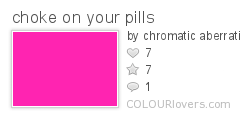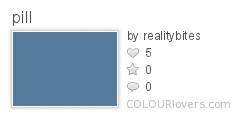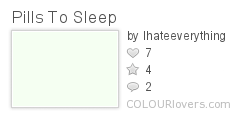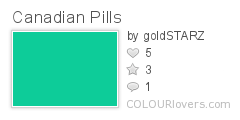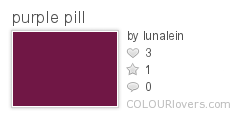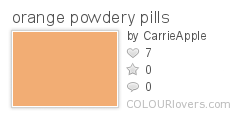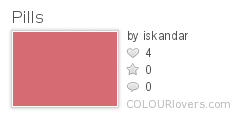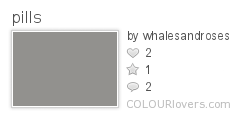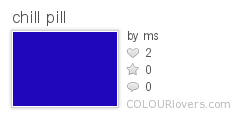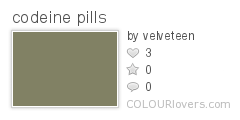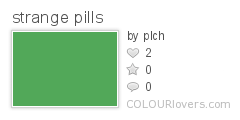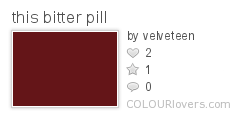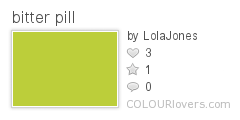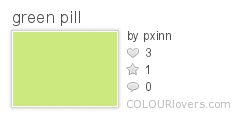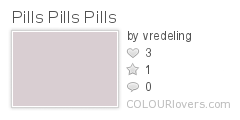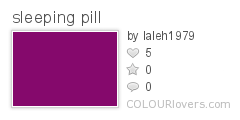According to recent research the color, shape, taste and even name of a tablet or pill can have an effect on how patients feel about their medication. Choose an appropriate combination and the placebo effect gives the pill a boost, improves outcomes and might even reduce side effects. Now, researchers at the University of Bombay, New Mumbai, India, have surveyed users of over-the-counter (OTC) medication to find out just how much the color of a tablet influences patient choice.
Writing in the International Journal of Biotechnology, R.K. Srivastava and colleagues report that red and pink tablets are preferred over other colors. Their survey of 600 people showed that for three quarters of people the color and shape of their tablets act as a memory tag for compliance. Strangely, they found that 14 percent of people think of pink tablets as tasting sweeter than red tablets whereas a yellow tablet is perceived as salty irrespective of its actual ingredients. 11% thought of white or blue tablets as tasting bitter and 10% said orange-colored tablets were sour.
Choose an appropriate combination and the placebo effect gives the pill a boost, improves outcomes and might even reduce side effects.

by higlu
Twice as many middle-aged people preferred red tablets as younger adults and more women chose red tablets as were chosen by men. Color seems to be integral component of an OTC product, the team says.
14% think pink tablets taste sweeter than red tablets; Yellow is perceived as salty; 11% thought white or blue tablets as tasting bitter; 10% said orange tablets were sour.
Patients may trust their doctor or pharmacist, but this does not mean they will take the bitterest pill. “Patients undergo a sensory experience every time they self-administer a drug, whether it’s swallowing a tablet or capsule, chewing a tablet, swallowing a liquid, or applying a cream or ointment,” the team says. “The ritual involving perceptions can powerfully affect a patient’s view of treatment effectiveness.” The researchers suggest that it might be possible to ensure that all the sensory elements of given medication work together to create positive perceptions that complement the medical attributes. They point out, however, that surprisingly little attention has been paid to this aspect of pharmaceutical formulation.
 by formatbrain_
by formatbrain_
The research has implications for marketing OTC medication to different age groups and to men and women. However, given that compliance in taking medication strongly depends on the patient’s perception of that medication the study could also have important connotations for improving effects. If patients are disinclined to take a tablet they consider bitter or sour or because they simply do not like the color, then a change of aesthetics might be needed. The same research might apply equally to prescription medicines.
Text from EurekAlert! Header image by pinkangelbabe.
![]()

by sparktography
A Dose of Color Medicine
Even color lovers have a preference of “pill” colors… Browse the Color Library to see what colors are more prevalent than others.
